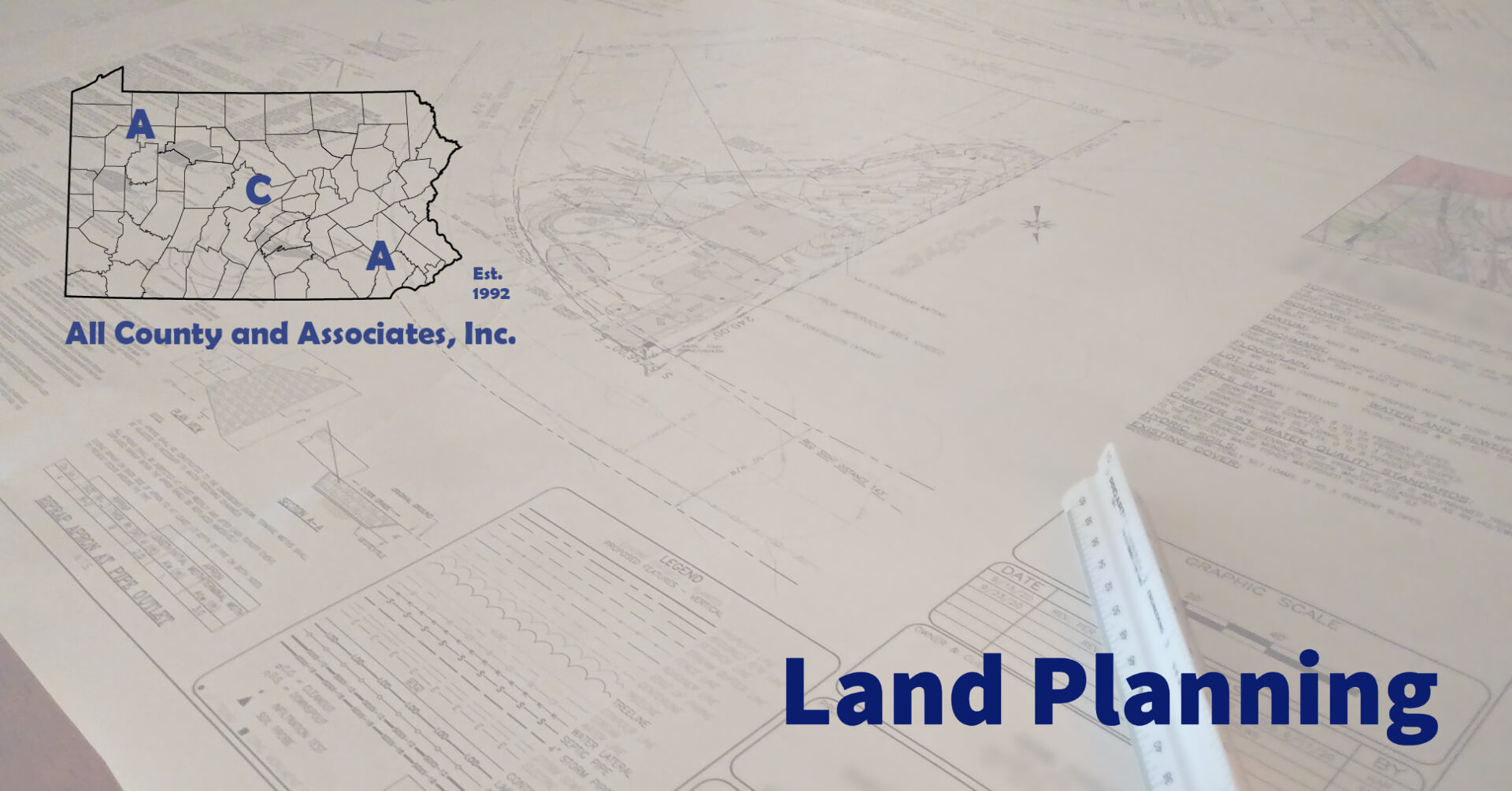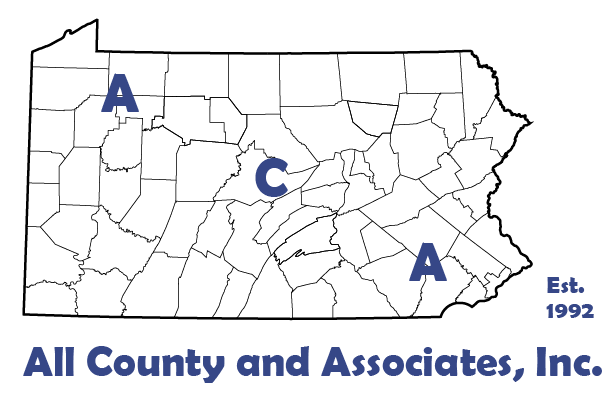
This week we move on to the fifth post in our seven-part series on land planning in Pennsylvania. Over the last two posts we have talked about zoning and the zoning hearing board. Now, let’s take a deeper look at special exceptions, conditional uses, and what happens if you need relief from the zoning ordinance.
Property Use
Zoning ordinances provide governance on the usage of property. The simplest form is a usage by right. Think of a single-family house in a residential district. In these instances, the zoning officer grants the zoning permit. This approval occurs because the project meets the use and general criteria. But there is another form of use that needs a more in-depth review. These uses are special exceptions and a conditional uses. These more in-depth reviews occur because the use could have a larger impact on the community.
In the case of conditional uses and special exceptions, a hearing occurs. This hearing occurs in conjunction for extension review and discussion. It also affords the general public involvement in the process. Both uses must adhere to extra and specific standards above a use-by-right. The extra criteria must be objective and measurable. It is important to note that the applicant is not required to provide a full design. Use determinations can occur before full land development plan presentation.
There are differences between conditional use and special exceptions. Let’s look at each one in more detail.
Series Index:
- Municipal Planning Code and Local Land Use Controls
- Planning Commissions
- Zoning and Zoning Officer
- Zoning Hearing Board
- Special Exceptions, Conditional Uses and Variances
- Subdivision and Land Development
- Agricultural Planning
Conditional Uses vs. Special Exceptions
The MPC states that the governing body hears a conditional use application. This means the hearing occurs before the Board of Supervisors (Commissioners). In this instance, the body becomes a quasi-judicial body and renders a decision. This also means the governing body cannot argue a particular position. That said, a planning agency may become a party to the condition use hearing. In this instance, the planning agency may provide testimony of a given viewpoint.
A special exception hearing occurs in front of the zoning hearing board, like a variance. One thing of important note, is that a special exception is not an actual exception. It is a use that is subject to addition or specific criteria, and a more in-depth review. Unlike a variance request, in this instance, the board ensures the application meets specific criteria. This means the ruling is on if the application meets the criteria.
Both hearings are subject to public notice and a written decision. As noted in a previous post, these public notices are stricter than the Sunshine Act. In issuing the decision, both the governing body and the zoning hearing board can attach conditions. These conditions must be reasonable. They must also safeguard the public from any adverse effect of the approval. There are some requirements of the conditions. One is that it cannot relate to off-site transportation or road improvements. Additionally, they cannot benefit a particular person or owner. Ultimately, the developer may contest the conditions. If they do not contest them, and willingly accept them, then they are bound to them. Instead of denying the use, the goal is to attach conditions that afford the use, but protect the public. Denials can occur. Though a denial cannot be because the project will contribute to traffic caused primarily by another source.
Zoning Relief
A zoning ordinance sets a broad range of standardized requirements. This means an instance can occur that cannot conform to the requirements. This happens when topographical limitations, size of property, etc. prevent an approved use. In these instances, an applicant requests relief from the zoning ordinance. This relief occurs in the form of a variance.
A variance is not a cover all for something not meeting the zoning ordinance. An example is if the owner’s desired use does not conform to the zoning ordinance. Another is because of a financial hardship on the owner. In these examples, a variance does not apply.
The first criteria of a variance is developability. A request occurs because there is no other way to develop an approved use without relief. Next, the relief must be from physical conditions unique to the property. This could include conditions of size, shape and topography of the lot. One unique hardship occurs on previously developed land. In this instance an existing structure cannot need extensive demolition to conform. Note that the applicant cannot cause their own hardship. The variance also must not alter the character of the neighborhood, impair the development of neighboring property, or be detrimental to public welfare. Finally, the variance must be the minimum relief required.
Who is ACA?
Started in 1992 and located in Chester County, PA ACA has grown to become a full-service civil engineering firm. Today, we merge professional services with practical knowledge for residential and commercial projects. No matter the scale, from installing a fence, to building a structure or developing land, you need permits. Because the approval process includes many permits and agencies, it can be a headache. Working with ACA’s full-service team saves you time, money, and headaches. Every step of the way, we are here to support you and educate you about the process. Here are some of the basic services we provide:
Construction Management | Civil Engineering | Environmental Permitting | Septic System Testing and Design | Land Surveying | Wetland Delineations and Mitigation
Please feel free to browse our website or if working on a project or need help, contact us at (610) 469-3830.
Also, join the conversation on: Facebook | LinkedIn
